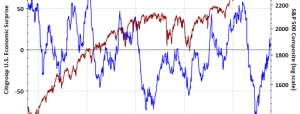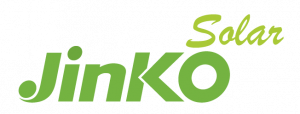The Chicago Business Barometer declined rose to 65.7 in June from 59.4 in May. This survey came in well above expectations.

Analyst Opinion of Chicago PMI
The results of this survey continue to agree with district Federal Reserve manufacturing surveys – and aligns with the overall trend of the ISM manufacturing survey.
From Bloomberg/Econoday, the market expected the index between 57.5 to 60.0 (consensus 58.2) versus the actual at 65.7. A number below 50 indicates contraction. Shaily Mittal, senior economist at MNI Indicators stated,
June’s MNI Chicago Business Barometer Survey is a testament to firms’ expectations of a busy summer. With Production and New Orders touching levels not seen in three years, rising pressure on backlogs and delivery times has led to higher optimism among firms both in general business conditions and the local economy.
From ISM Chicago:
Optimism among firms about business conditions rose for the fifth consecutive month. Four of the five Barometer components led June’s increase, with only Employment falling, albeit slightly. Successive rises in the barometer left the Q2 calendar quarter average at 61.1, significantly above Q1’s 55.1, and the highest level since Q2 2014.
Demand accelerated in June, offsetting the loss witnessed in the previous month. New orders rose by 10.5 points to 71.9 in June, the highest level since May 2014. In line with growing demand, Production strengthened. The indicator was up 4.5 points to 67.7 from 63.2 in May. Order Backlogs grew significantly in June, to a level not seen since July 1994, after jumping out of contractionary territory last month. In Q2, backlogs averaged 52.5, after contracting for nine consecutive quarters. Suppliers took longer to deliver key inputs, with the respective indicator at 62.8, the highest since June 2011.
Companies ran down inventories to satisfy growing demand. The Inventories indicator fell 3.6 points to 51.9 in June, the lowest since the start of the year.
The Employment indicator slipped to 56.6 from 57.1 in May. Panelists were concerned about finding reliable, well qualified workers and there was a rise in temporary hires, a growing job market trend in recent months.







